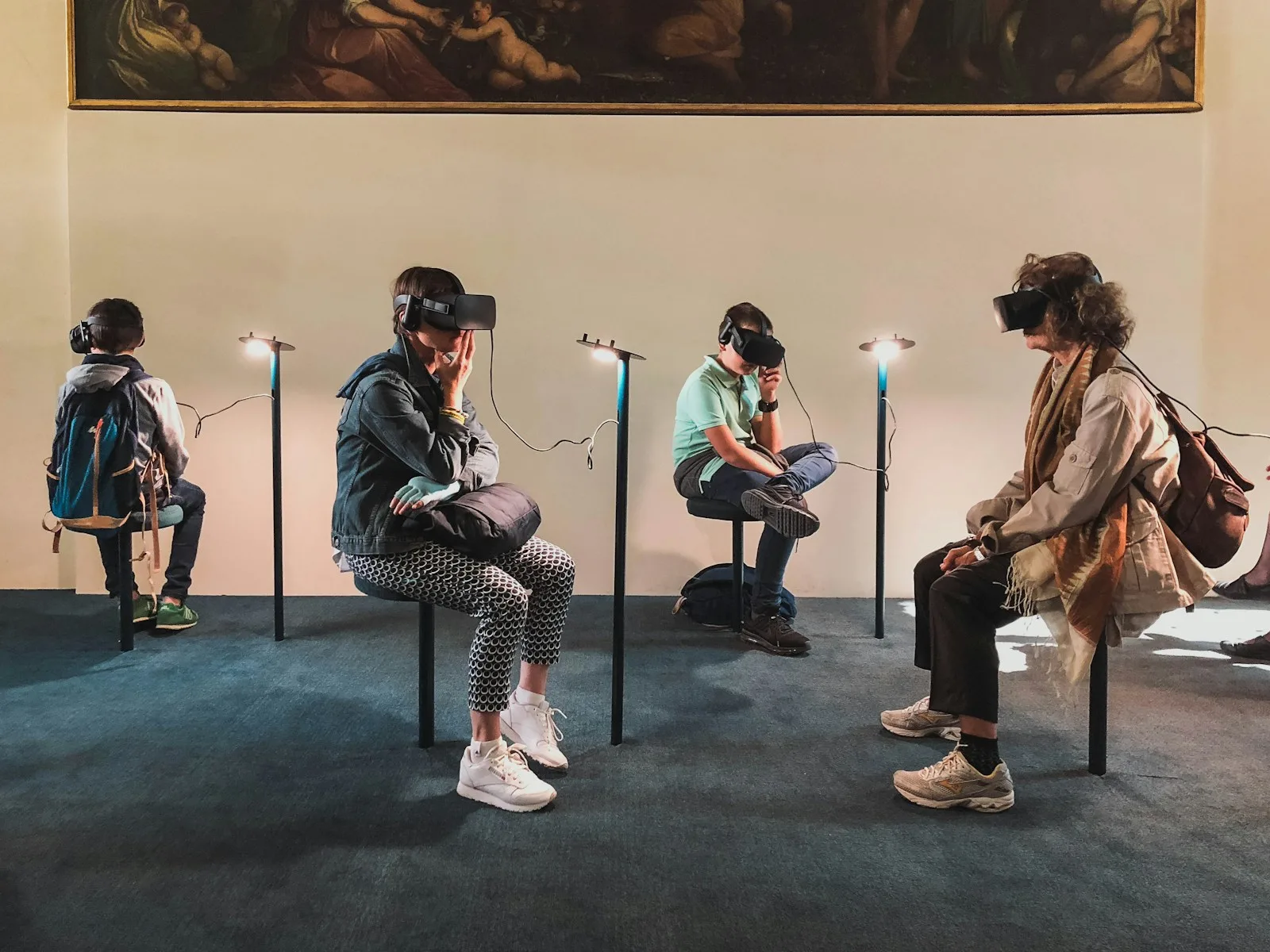The Evolution of Virtual Reality and Its Future Potential
Virtual Reality (VR) has transitioned from a speculative narrative in science fiction to a key player in technology and entertainment industries. This article explores the evolution of VR, its current applications, and its vast potential for the future, providing insights into how it is set to reshape various sectors of society.
Understanding Virtual Reality
Virtual Reality is a simulated experience that can be similar to or completely different from the real world. It utilizes computer technology to create a three-dimensional environment that a person can interact with in a seemingly real way through special electronic equipment, such as a helmet with a screen inside or gloves fitted with sensors.
Historical Evolution of Virtual Reality
- Early Developments
- The concept of VR can be traced back to the 1950s and 1960s, with the creation of the Sensorama and the Telesphere Mask. These early devices provided multi-sensory experiences, though they were primitive by today’s standards.
- Rise in Popularity
- In the 1980s and 1990s, VR gained popularity with the development of VR arcade games and the Virtuality Group’s VR systems used in arcades and amusement parks. Despite interest, technological limitations hindered widespread adoption.
- Modern VR
- The 2010s saw a resurgence in VR interest thanks to advances in technology. Notable developments include Oculus Rift’s introduction in 2012, followed by other major players like HTC Vive and Sony PlayStation VR entering the market.
Current Applications of Virtual Reality
- Entertainment and Gaming
- VR has profoundly impacted the gaming industry, providing immersive experiences that traditional gaming could not offer. Beyond gaming, it’s also being used in theme parks and virtual experiences to enhance entertainment.
- Education and Training
- VR simulations are used for training in fields like medicine, aviation, and the military, where they offer risk-free, realistic practice environments. It’s also becoming a revolutionary tool in educational settings, enhancing learning and engagement through immersive experiences.
- Real Estate and Architecture
- Virtual tours allow potential buyers to visualize properties before they are constructed or to tour properties remotely, saving time and resources.
- Healthcare
- Apart from training, VR is used in therapy, notably in treating PTSD, anxiety disorders, and phobias. It also assists in rehabilitation and pain management.
The Future Potential of Virtual Reality
- Expansion in Remote Work
- VR could transform remote work by creating virtual offices that replicate the experience of working together in person, enhancing collaboration and reducing the isolation of home offices.
- Social Interactions
- Social platforms are experimenting with VR to create more engaging ways for people to connect and interact in virtual spaces, potentially changing social networking.
- Enhanced Consumer Experiences
- From trying on clothes virtually to attending live concerts and sports events from home, VR is set to redefine consumer experiences.
- Ethical and Societal Implications
- As VR technology advances, it will also raise important questions regarding privacy, data security, and the psychological effects of prolonged use of virtual environments.
Conclusion
Virtual Reality has come a long way from its conceptual beginnings, and its potential to further change industries is immense. As technology continues to evolve, so too will the applications of VR, potentially touching every aspect of human life.
